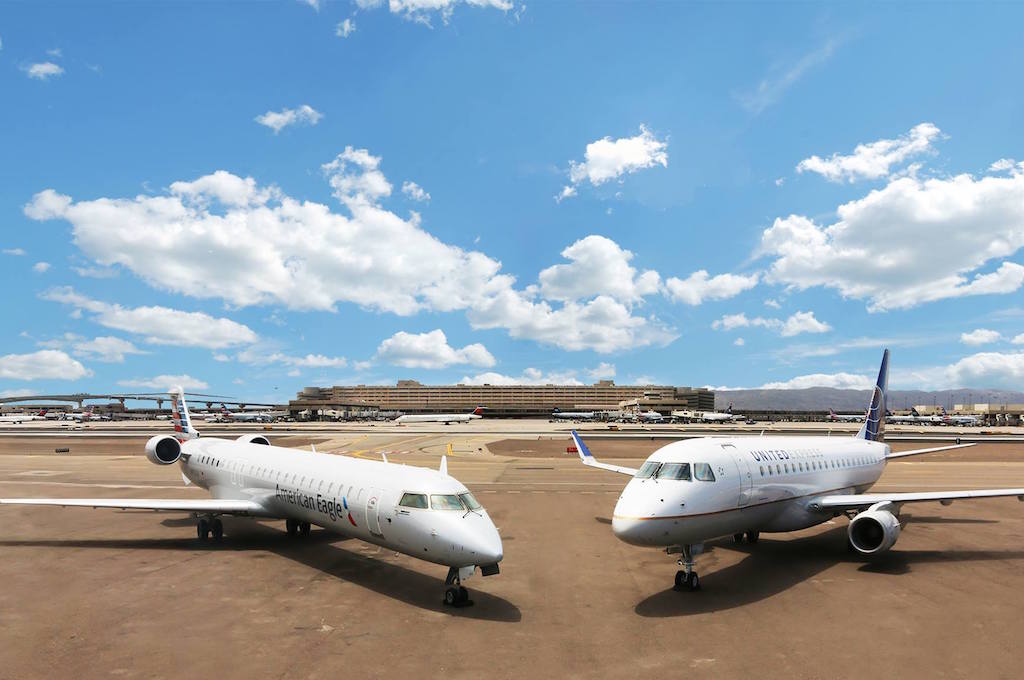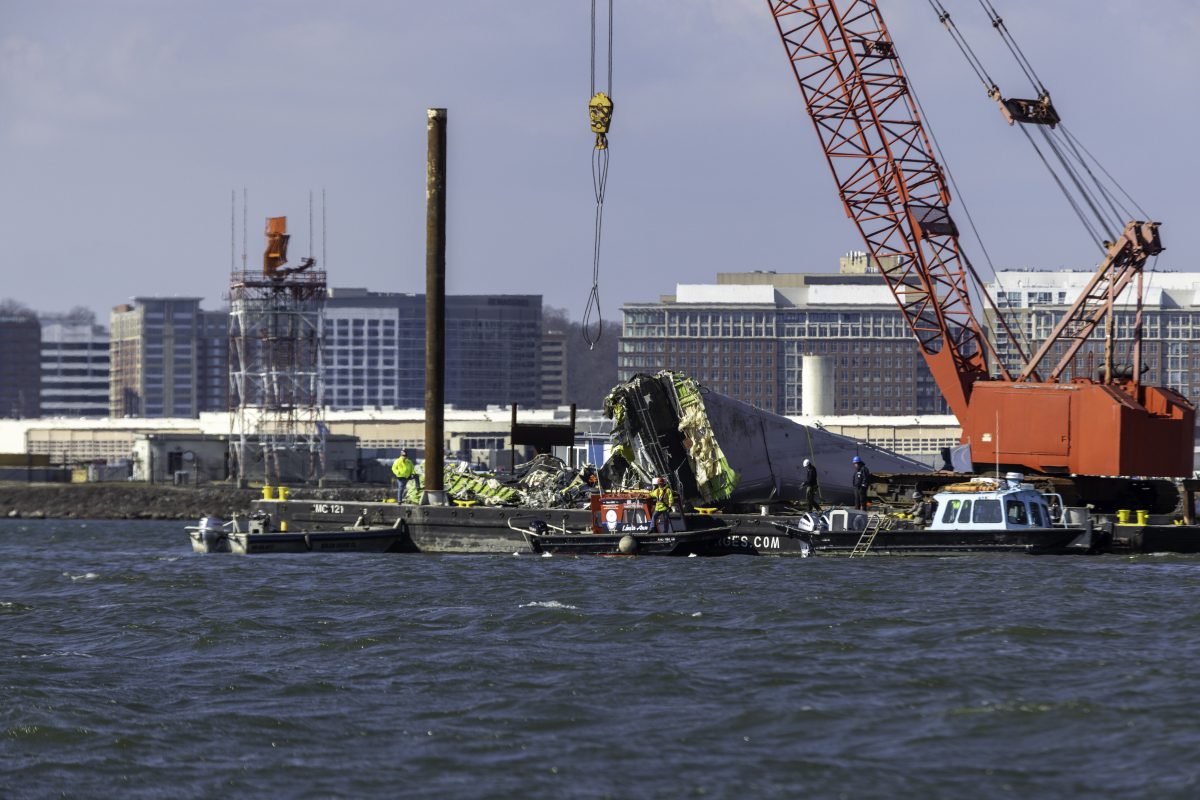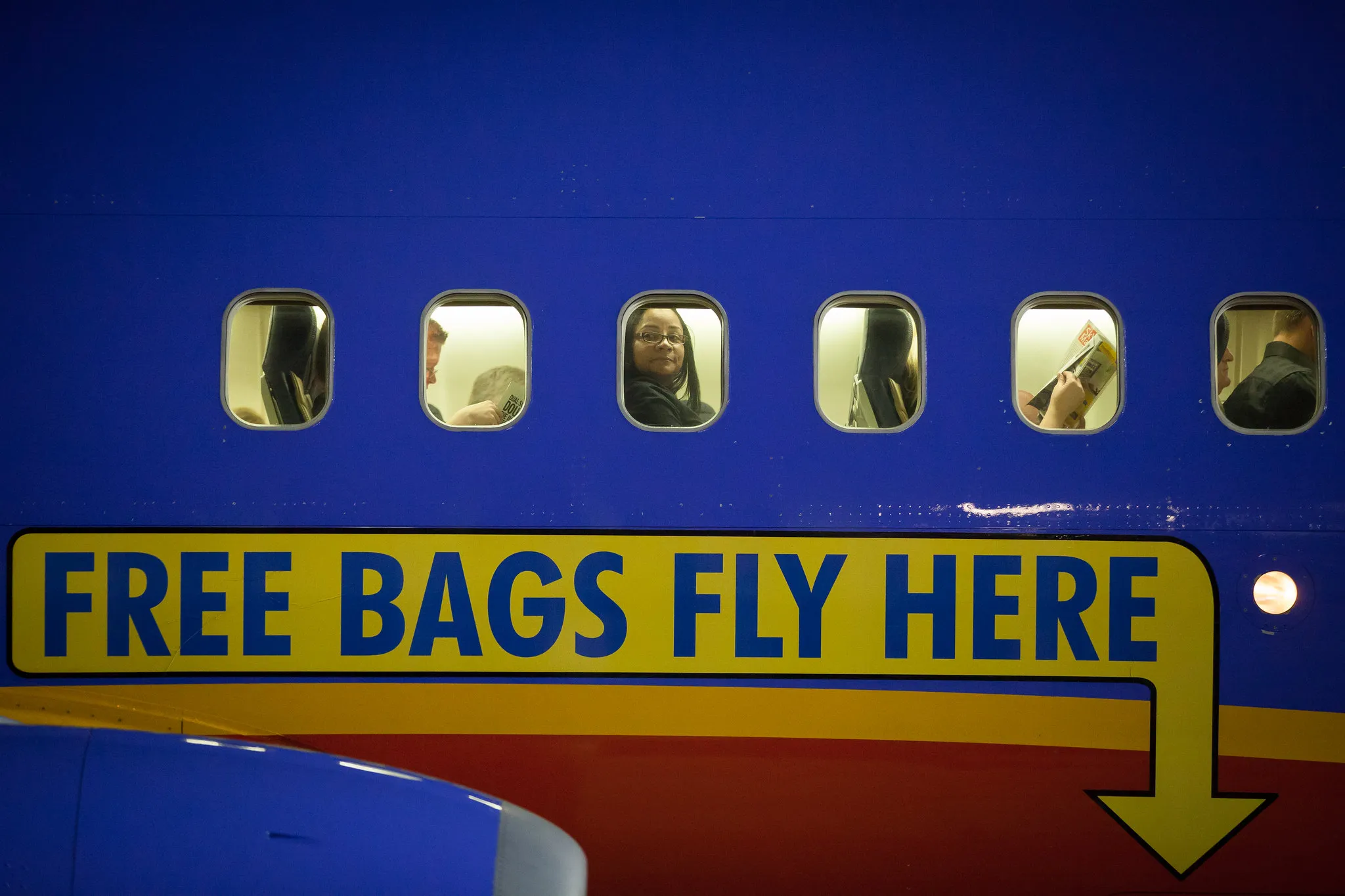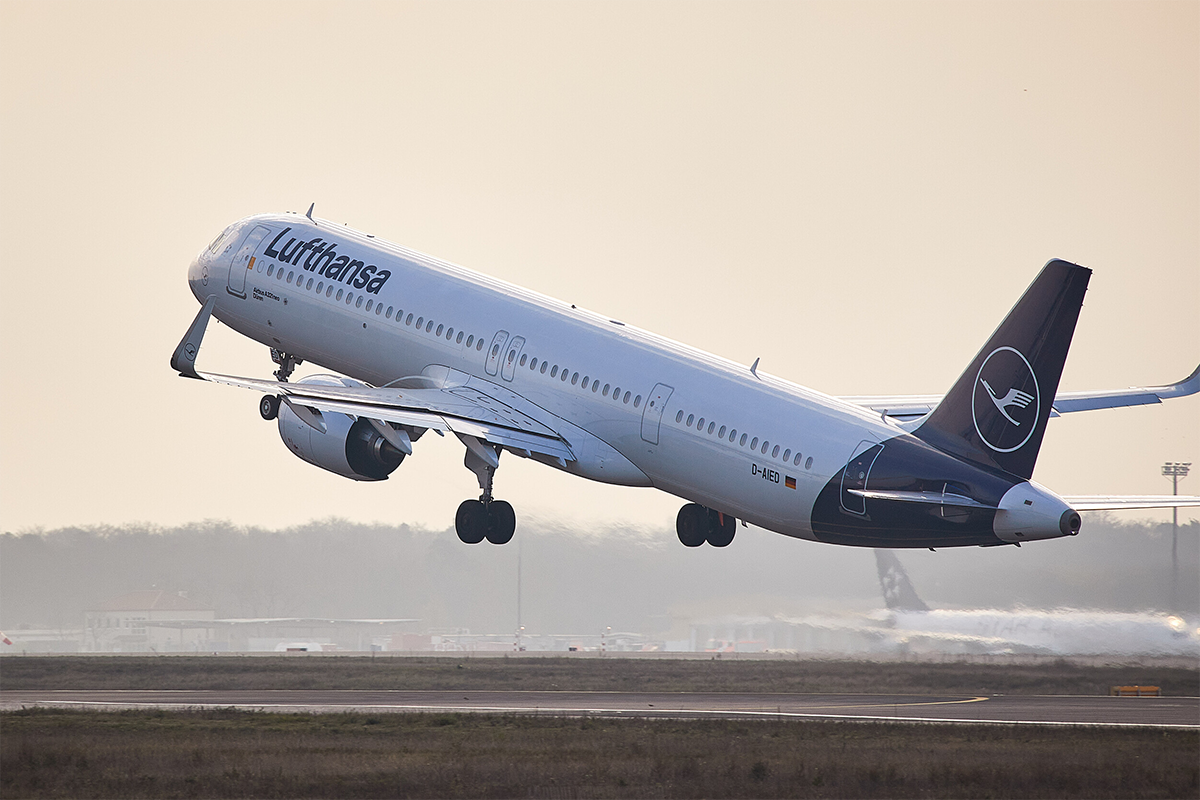Mesa Air Wants to Try Again for an IPO 8 Years After Bankruptcy

Skift Take
Mesa Air Group, whose last foray as a public company ended roughly eight years ago after it filed for bankruptcy protection, seeks to test public markets again, even though the U.S. regional airline sector has more pitfalls than the major airline business.
The company released a form S-1 late last week with the U.S. Securities and Exchange announcing its intent to trade on the Nasdaq exchange. If successful, Mesa would be the first U.S. airline initial public offering since Virgin America in late 2014. Frontier Airlines had planned for an IPO last year, but delayed the effort indefinitely.
Mesa is not a household name, but it is not a small airline. With 145 aircraft, it flies as American Eagle and United Express, shuttling passengers mainly from smaller North American cities to Dallas/Fort Worth Houston, Phoenix and Washington-Dulles. Unlike other regional airlines, which still fly smaller regional jets, Mesa flies only aircraft with 70 or more seats — the Bombardier CRJ900 for American and the CRJ700 and Embraer E175 for United. Generally, the larger aircraft, the less it cost an airline to fly it, on a per-seat basis.
Regional airlines like Mesa were once liked by investors, and often produced higher margins and were more stable than major carriers, said Seth Kaplan, managing partner of the trade publication Airline Weekly. But that changed roughly a decade ago, as major airlines, which were then suffering, squeezed their contractors.
Business has picked up recently for regionals, but some are having trouble finding enough pilots to fly their jets. Meanwhile, larger airlines, especially Delta, are increasingly using their own jets to fly routes once operated by regional carriers.
Today, there is only one publicly-traded U.S. regional airline, SkyWest Inc., which operates two airlines — Skywest, and ExpressJet. As recently as 2016, SkyWest lost $162 million, but it is now profitable, having reported $54 million in first quarter net income.
Another regional airline, Republic Airways, went private after filing for bankruptcy protection in 2016. Republic sought to reorganize because it was having trouble hiring enough pilots, and its business had become too bloated, with the airline operating too many gas-guzzling jets.
An inefficient fleet had been Mesa’s problem, too. In 2010, before filing for bankruptcy, Mesa had a large fleet of smaller jets and turboprops that had fallen out of favor with major airlines. While in bankruptcy, Mesa got rid of 100 aircraft it didn’t need.
It emerged smaller, but more nimble, still under the leadership of CEO Jonathan Ornstein who became chief executive in 1998. In March 2011, when Mesa became a private company, it had only 76 aircraft, and flew just 450 daily departures.
Since then, the airline has grown, and in its filing it claims it is the fastest-growing U.S. airline in the last five fiscal years, measured by fleet growth percentage.
By many accounts, it has also become more reliable. A decade ago, Mesa had a poor reputation for quality with major carriers complaining the airline's aircraft were dirty, and the carrier didn't run on-time.
In 2008, Delta canceled a contract with a Mesa subsidiary, arguing the regional airline failed to deliver the on-time service required by the deal. Mesa sued Delta, and the sides settled the lawsuit as part of the bankruptcy litigation.
Mesa also claims its poor on-time performance is behind it, noting that, among larger regional airlines, it was most prompt in January, according to Department of Transportation statistics. By its own calculations, Mesa was also the most on-time regional airline in 2016 and 2017.
The company is solidly profitable. In the fiscal year ending Sept. 30, 2017, Mesa said it produced $32.8 million of net income on total revenues of $643.6 million. Meanwhile, in the six months since then, ending March 31, the company reported net income of $25 million on revenues of $332.3 million.
Challenging Industry
Mesa is on a good run, but the regional airline industry can be challenging, in part because the economics favor major carriers in boom times.
Because airlines like Mesa don't sell tickets directly to consumers, they don't benefit directly as fares go up. Instead, Mesa relies on "capacity purchase agreements," in which American and United provide them with a guaranteed monthly revenue for each aircraft, as well as a fixed fee for each hour and flight flown, and reimbursement of some operating expenses.
That protects them against problems like a fuel price spike. But it also limits how much they can profit when demand goes up.
Not surprisingly, though, Mesa’s filing spins this as a positive.
"Our capacity purchase agreements shelter us from many of the elements that cause volatility in airline financial performance, including fuel prices, variations in ticket prices, and fluctuations in number of passengers," it said.
There are other differences in regional airline model, too.
Most insiders say there is not yet a pilot shortage in the United States, but the market has tightened considerably, and that hurts regional airlines that usually hire early-career pilots.
Years ago, airlines like Mesa had no trouble finding pilots wiling to work for low wages. Now, while offering more reasonable pay rates, regional airlines can still hire pilots to fly their jets, but they have trouble retaining them. Most pilots jump to a larger airline at the first opportunity, and big carriers like American and United are hiring.
At times, pilots problems have kept Mesa from operating all the flights it promised United and American, its SEC filing shows. In its fiscal year ending in September 2017, Mesa said it issued credits of $6 million to American to offset its failure to provide pilots, while in the six months ending March 31, it gave American $3.9 million in credits.
In addition, it said, it had to temporarily remove two aircraft from service for United between February and July of this year because it didn’t have pilots to fly them.
Still, Mesa said it has the situation under control. While August, September and October of 2017 were challenging — the company lost a net of 27 pilots — recent months have shown more favorable ratios, according to the airline. In June of this year, Mesa said it added a net of 195 pilots. It credited a new pilot collective bargaining agreement ratified in July 2017 for the improvement.
In March, labor costs represented 34 percent of the company’s operating expenses, up from 28 percent in September 2016.
Despite the pilot hiccups, Airline Weekly’s Kaplan said Mesa’s post-bankruptcy turnaround may show U.S. regional airlines can produce strong returns for investors.
"Based on profits at SkyWest and (as we can now see) Mesa, airlines that fly larger regional jets have clearly recalibrated their businesses to the new realities of pilot staffing, and they’re doing well," he said in an email. "In fact, Mesa’s 16 percent operating margin in 2017 once again makes it more profitable than any of its mainline partners."
Kaplan said he suspects Republic, which streamlined itself in bankruptcy — it went from two operating certificates to one — and parked inefficient jets, may follow Mesa.
"Republic, the other large regional, seems to have turned itself around too," he said. "If the Mesa IPO goes well, a Republic IPO can’t be far behind."




